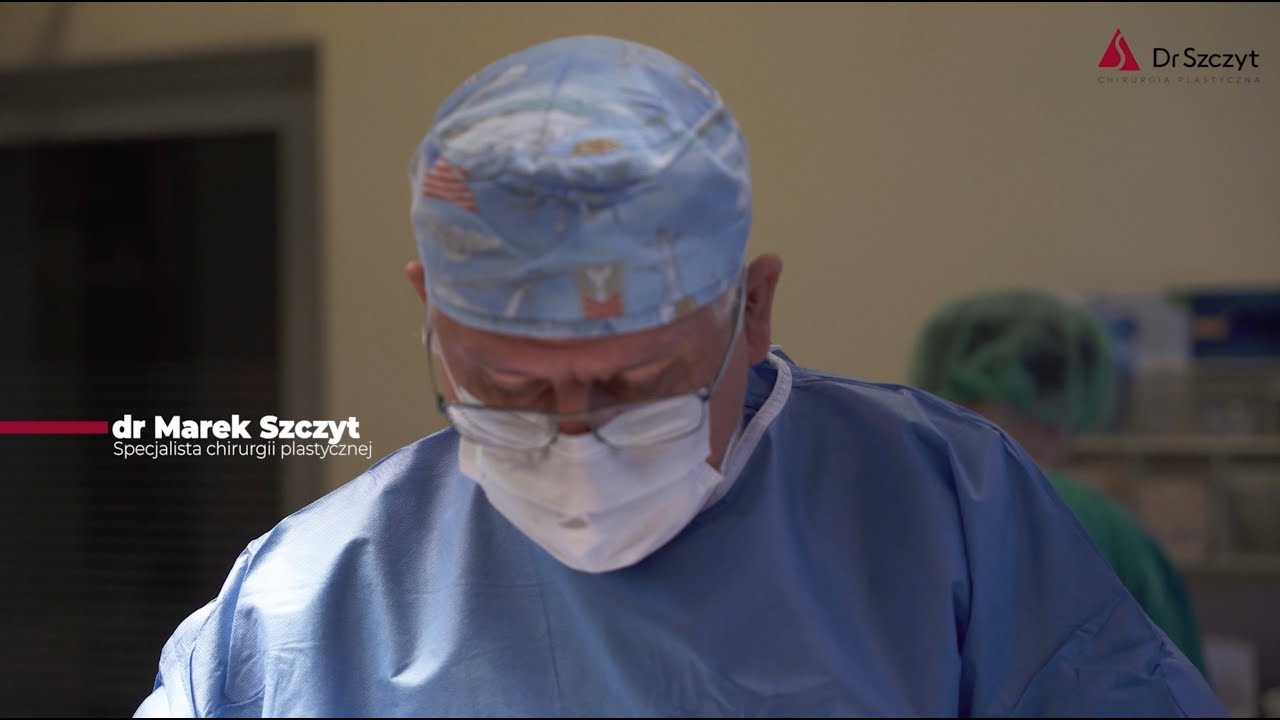The way to beautiful legs - when is it worth consulting a vascular surgeon?

Heaviness, swelling, visible varicose or spider veins on the legs are not only a matter of aesthetics, but also of health. Underestimating the symptoms can lead to more serious problems, such as chronic venous insufficiency. A visit to a vascular surgeon is the first step to restoring not only the beautiful appearance of the legs, but most importantly their proper functioning. When is it worth consulting a specialist, and what treatments can help you regain light, healthy legs? Let's check out what modern vascular medicine has to offer.
Why is the proper functioning of blood vessels so important?
Among other things, the circulatory system is responsible for transporting oxygen, nutrients and hormones to all cells of the body, while removing metabolic products, including carbon dioxide, toxins. Its proper functioning affects energy levels, physical performance and the overall condition of the body. Circulatory disorders lead not only to aesthetic problems, but also to serious diseases, including chronic venous insufficiency and thrombophlebitis.
Impact of vascular problems on health and quality of life
Vascular problems can gradually limit daily activities and reduce the comfort of life. Untreated conditions over time make it difficult to move freely and cause chronic fatigue, while visible varicose veins or vascular spider veins also affect aesthetics. In advanced cases, vascular problems increase the risk of serious complications - venous thrombosis or pulmonary embolism, which pose a threat to health and life.
The most common vascular problems - what should worry you?
Vascular problems often develop gradually. Their first symptoms are sometimes underestimated because they are initially not too bothersome or can easily be attributed to fatigue. Unfortunately, this can lead to progressive changes in the circulatory system that become more troublesome and more difficult to treat over time.
Alarming signs of vascular problems are a feeling of heaviness in the legs - especially at the end of the day, swelling around the ankles and visible vascular spider veins or varicose veins. These symptoms often indicate chronic venous insufficiency. Also worth noting are muscle cramps, tingling, numbness in the legs and skin changes (discoloration). Particularly worrisome is sudden pain, redness and swelling of the limb. This is because it may indicate the occurrence of venous thrombosis, which requires immediate medical intervention.
Varicose veins and vascular spider veins - a signal for action
Varicose veins and vascular spider veins are often disregarded because they are initially treated merely as an aesthetic defect. They arise as a result of abnormal blood flow and weakening of the walls of venous vessels, which leads to their dilatation and visibility under the skin. Vascular spider veins, which are tiny red or purple dilations of the vessels, appear first. Over time, if not addressed, they can develop into varicose veins, which are a more advanced stage of the disease.
If alarming symptoms appear, a vascular surgeon should be consulted as soon as possible. Early consultation with a specialist will allow you to accurately diagnose the problem, assess the condition of blood vessels using modern methods (including Doppler ultrasound) and implement appropriate treatment.
Methods of diagnosis and treatment of vascular diseases
A vascular surgeon can offer several methods of treating conditions of the arteries, veins and other blood vessels, tailored to the type and severity of the problem. He ranges from modern, minimally invasive techniques to more advanced surgical interventions. The priority is always to choose an approach that will put as little strain on the patient as possible and ensure a highly effective treatment.
Modern diagnostic techniques - Doppler ultrasound
One of the most important diagnostic tools is Doppler ultrasound, which makes it possible to accurately examine blood flow in the vessels and locate the sections where abnormalities occur. This examination, which is already performed during the consultation, is the basis for qualifying the patient for the appropriate procedure and selecting the optimal method of treatment. With precise results from the Doppler ultrasound, the vascular surgeon can assess the condition of the blood vessels and plan individually tailored therapy.
Sclerotherapy and laser therapy - what do they consist of?
Foam sclerotherapy is a modern method to effectively remove varicose veins and vascular spider veins on the legs. The procedure involves precise injection of foam or sclerotic fluid into the affected blood vessels, leading to their closure and gradual disappearance of the visible lesions. It is particularly effective for the early stages of chronic venous insufficiency, when varicose and spider veins are small. At the same time, it is a safe alternative to more invasive varicose vein treatments, as the procedure is distinguished by its low invasiveness. It also does not require anesthesia. The procedure is performed using thin needles, which reduces discomfort. The effects of the treatment are visible after just a few weeks, and full results can be seen within a few months of treatment completion.
A laser treatment can also be used to precisely and permanently get rid of the varicose vein problem. Laser energy is directed directly to the inside of the affected vein, leading to its closure, destruction and gradual absorption by the body. The procedure not only effectively eliminates varicose veins, but also reduces the risk of complications and shortens the recovery period. Immediately after the procedure, it is recommended to wear special compression stockings, which promote the healing process and improve the results of the therapy. The effectiveness of laser varicose vein removal is estimated at 90-95%, and in the case of more advanced lesions, this method can be combined with foam sclerotherapy therapy for even better results.
Dr Szczyt 's clinic offers comprehensive and modern varicose vein treatment, tailored to the needs of each patient. Thanks to advanced technologies and the experience of specialists, it is possible to effectively get rid of vascular problems with minimal stress on the body.
Read also: Hemangiomas - harmless lesions or a warning signal? What is worth knowing?
Prevention - how to take care of leg health on a daily basis?
Regular physical activity and a healthy diet
Physical activity is one of the most important elements of prevention - regular walking, cycling, swimming or exercises to strengthen leg muscles improve circulation and reduce the risk of blood stasis in the veins. It is also important to maintain a healthy body weight, as being overweight increases the strain on the legs and blood vessels and significantly weakens them. So make sure to eat a balanced diet rich in fiber, vitamins C and E, and bioflavonoids, which strengthen blood vessel walls.
The importance of rest and avoiding prolonged standing or sitting
Those who work in a sedentary position should remember to take regular breaks, such as taking a short walk or doing some simple exercises, such as lifting the feet and stretching the calf muscles. Rest should also not be forgotten. Elevating the legs above the level of the heart for several minutes a day helps reduce swelling and improve circulation, while regular cool showers and massages improve vascular tone and bring relief to tired legs.
Choosing the right clothing and footwear
Additional support for leg health is proper clothing and footwear. Avoid tight clothing that impedes circulation and wearing high heels for long periods of time. In situations that require additional support, such as standing work or long trips, it is advisable to use compression stockings, which promote proper blood flow in the veins.
Healthy legs are not only a matter of appearance, but above all of comfort and proper functioning of the circulatory system. Vascular problems are not limited to aesthetic defects - they are a signal that the body is struggling with circulatory disorders that can lead to more serious conditions.
FAQ
Whois a vascular surgeon and what does he do?
A vascular surgeon is a specialist who diagnoses and treats diseases of the circulatory system, including varicose veins, spider veins, chronic venous insufficiency and other problems related to veins and arteries.
What symptoms indicate the need to see a vascular surgeon?
It is a good idea to consult a vascular surgeon if you are experiencing feelings of heaviness and fatigue in your legs, swelling (especially around the ankles), varicose or spider veins, cramps, tingling and numbness in your legs.
Are varicose veins just an aesthetic problem?
No, varicose veins are not just a cosmetic defect. They can be a symptom of chronic venous insufficiency, which if left untreated leads to more serious conditions like thrombosis and venous ulcers.
What is the diagnosis of vascular diseases?
The primary diagnostic tool is Doppler ultrasound, which allows assessment of blood flow in the veins and detection of vascular insufficiency. The test is non-invasive, painless and is performed during a consultation.
Arevaricose vein treatments painful?
Most modern methods like sclerotherapy or laser therapy are minimally invasive and virtually painless. They often do not require anesthesia or a long recovery.
Is it possible to quickly return to daily activities after the procedure?
Yes, many minimally invasive methods allow for a quick return to normal function. In the case of procedures like sclerotherapy or laser varicose vein removal, the patient can return to daily activities the same day, following the doctor's instructions, of course.
How can vascular problems be prevented?
Prevention includes regular physical activity (e.g., walking, cycling), avoiding prolonged standing or sitting, maintaining an appropriate body weight, wearing comfortable clothing and footwear, and using compression stockings if predisposed to varicose veins.













